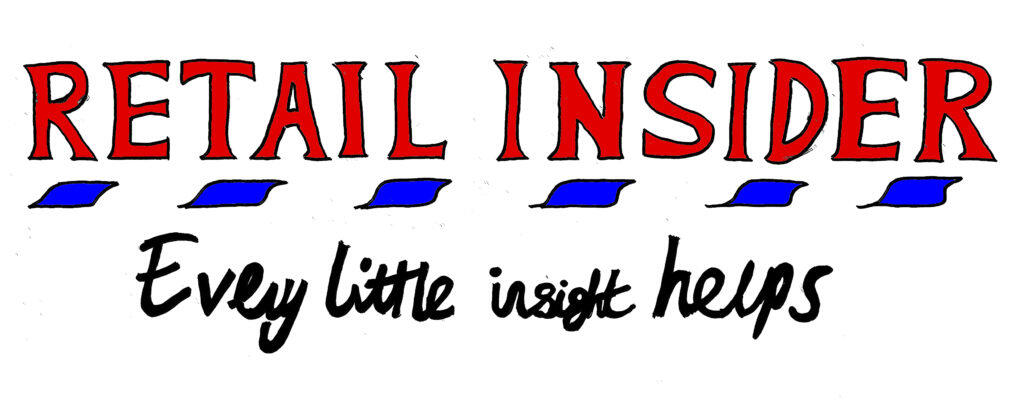QR codes helping transform future of touchscreens
By Harry Horn
When Scala showcased QR codes back in 2015 as a technology whose likely breakthrough was on the near-term horizon there was plenty of scepticism. People questioned its prospects having seen it fail to make an impact since it was first developed back in the 1990s.

Well, it certainly found its place big-time in 2020 as a robust technology that could play many roles – from allowing people to use their phones to check-in to venues, pulling up web-based information, and seamlessly linking individuals to mobile payment solutions.
It has also had an impact on interactive touchscreens in a number of ways that has certainly made things exciting for Scala. Screens are Scala’s business with our technology found in Argos as well as other high-street brands, so we are invested in knowing how people want to interact with brands and purchase products. QR codes have become a way that people can interact with screens and kiosks. Pointing a phone’s camera at a QR code on a touchscreen can fire up an interaction that mirrors the one that would have taken place on the screen.
This highlights how touchscreens are no longer simply about the physical touch, which people have been particularly reluctant to do during the reign of Covid-19. (Here’s some more thoughts on this sensitive topic). They can also connect with the screens via gestures – so a thumbs-up reflects a confirmation – and also through voice activation. Whichever of these four alternatives is used the experience for the user should be very much the same.
QR codes have also found their place on the high street. Retailers have real estate in which there are many windows. With non-essential stores having been closed for much of this year these windows have been of only modest value. But with the introduction of digital screens into these windows, showing products and associated QR codes, there has been the opportunity for stores – Selfridges has been active – to convert window shoppers into actual shoppers with a mere scan of the relevant QR code.
The codes can enable the checking of stock availability in the correct sizing and the purchasing of the relevant items for home delivery. There is significant activity taking place in this area because even when shops reopen it is easy to see the value of QR codes to facilitate out-of-hours transactions and enable sales to time-poor passers-by.
It is clear QR codes are acting as an easy-to-cross bridge between physical and digital channels. They also have the additional major advantage of being able to personalise the experience for shoppers by firing up pages that provide the opportunity for customers to engage in a conversation with retailers. This could begin via a chatbot before moving onto a one-on-one communication with a store-based expert.
Other interesting developments helping bridge the various channels includes endless aisles depicted on digital screens. In the US large screens have been used that enable shoppers to scroll through life-size items. The idea is that more general items could be ordered this way before they are potentially placed in lockers for convenient, touchless collection by the customer.

Such developments very much fit with the current trend of retailers reconfiguring their store space. For those selling general merchandise there is a move towards shrinking the size of their stores. Meanwhile, the large food retailers are adapting their superstores whereby they act as both regular shopping venues and automated fulfilment centres for online orders. The driving motivation is for all of these changes to provide as many different ways for the customer to engage with the brand as possible. The more touchpoints, the more ways for retailers to build customer relationships with interactions that feel truly personal.
One increasingly popular way to collect such online ordered goods is via Drive Thru and curb-side collection, or, one way to extend the store beyond its four walls, what we at Scala are calling parking lot activation. What started out as part of the food service industry in the US, and something that our Stratachache colleagues in the States have seen growing across retail categories, is now finding a place in the UK with various retailers enjoying great traction among consumers who find appeal in the control they have with this click & collect-type proposition compared with the uncertainty of home delivery
We can foresee a situation where different retail brands could work together to create an out-of-town environment for Drive Thru and parking lot activation. When shoppers reach the location they simply enter a pick-up number into a touchscreen, or have a good old QR code scanned, in order to receive directions to the spot where they can receive/collect their item.
These developments, assisted in some ways by QR codes and a creative use of technology, point to an exciting future for touchscreens that goes way beyond them being simply one dimensional pieces of technology reliant on physical interactions with people.

Harry Horn, VP marketing global & GM EMEA, Scala
